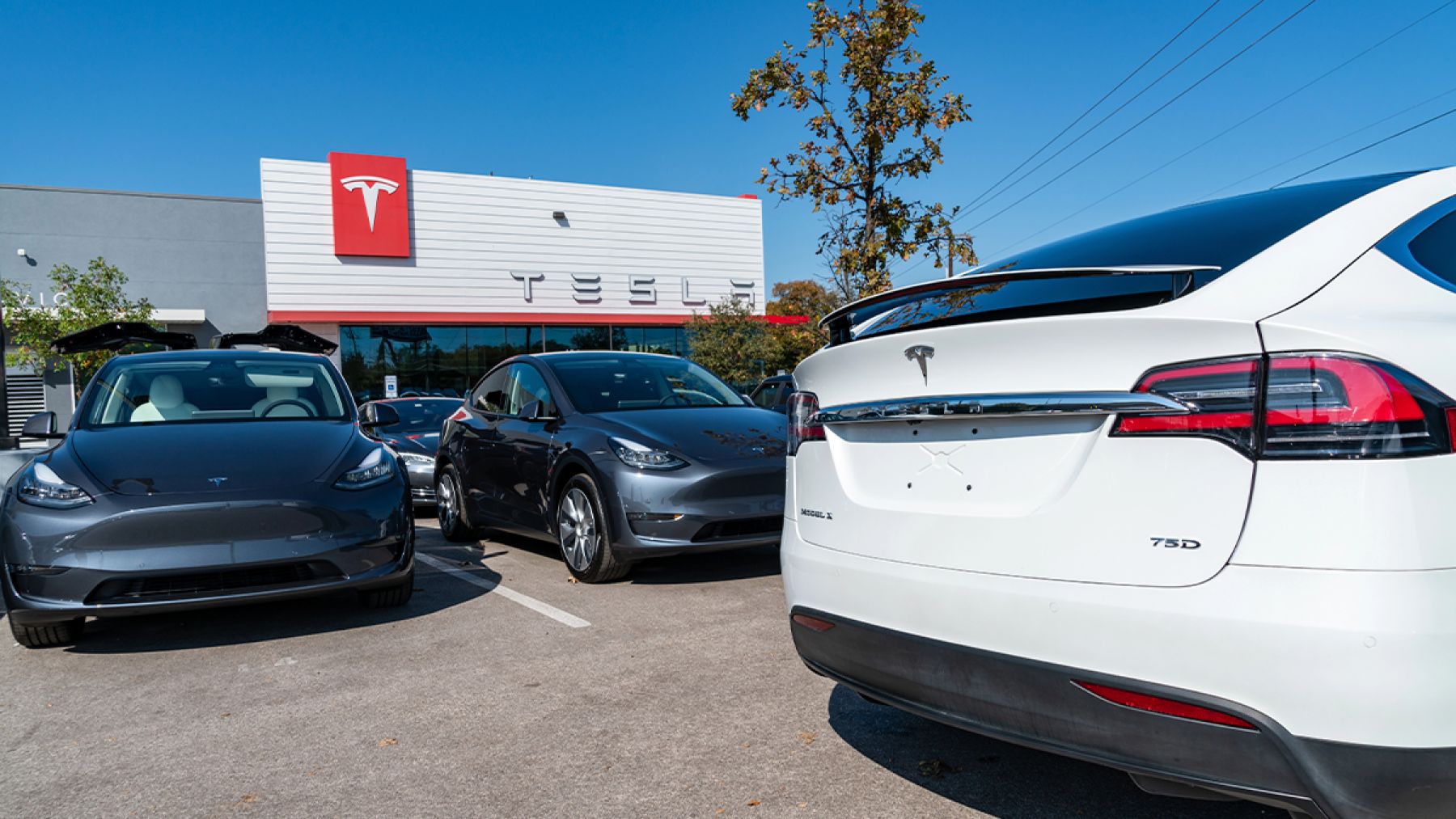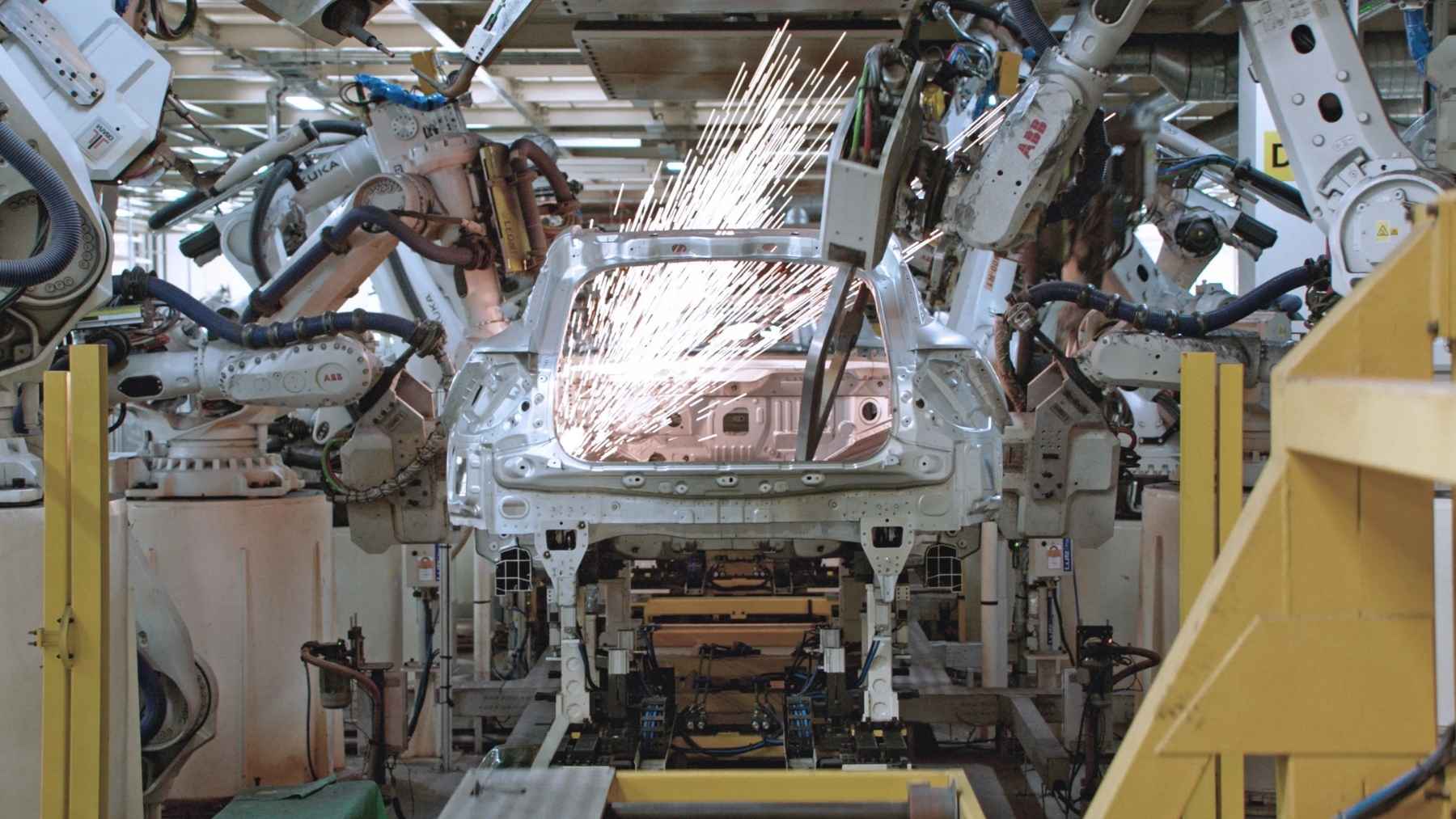Tesla has forever been a pioneer of futuristic technology for passenger vehicles. Arguably being a significant factor for pushing the passenger vehicle industry towards electrical engine solutions, the launch of their first vehicle in 2008 was the start of two decades worth of advancing battery engine technology and releasing electrical engine models which continued to be an example of both advanced engineering and luxury features and marketing. Now, the company is pivoting their priorities with autonomous vehicle technology.
Tesla sets their sights on self-driving cars
Today, nearly every major automobile manufacture has some type of electrical engine solution on offer. Not only that, many are investigating multiple types of alternative engine solutions in order to push the transportation industry towards carbon-neutrality amidst pressing concerns over irreversible climate damage thanks to harmful carbon emissions produced by internal combustion engines.
When Tesla released their first electrical vehicle on the road in 2008, it was a completely different take on what the electrical engine could represent. With their models marketed exclusively as luxury vehicles, Tesla was able to successfully catapult the electrical vehicle into a desirable product- taking it from a niche and idealistic concept to a reality which everyone wanted to be involved in.
Over two decades later, with the electrical engine arguably at its peak, the company is turning its attention to other futuristic technological vehicle endeavors in order to remain competitive and a leader in defining the course of the evolution of the passenger vehicle. With rising competition from electrical engine developers such as China’s BYD, Tesla’s decision to pivot their focus towards new futuristic concepts has seen the electrical vehicle powerhouse begin to explore the possibilities of self-driving and autonomous vehicle technology.
New innovative ideas, but not without challenges
Currently, Tesla offers two semi-autonomous vehicle technological solutions: Autopilot and Full Self-Driving (Supervised). However, despite investigations from the National Highway Traffic Safety Administration (NHTSA), Tela has constantly stressed that these technologies still require an alert and aware driver when in use, with the technology not capable of offering full automation.
“The currently enabled Autopilot and Full Self-Driving (Supervised) features require active driver supervision and do not make the vehicle autonomous,” describes Tesla on their website
However, in an effort to advance these offerings, Tesla recently began piloting their fully autonomous ‘cybercab’ program in Austin, Texas. Due to their previously relaxed laws surrounding autonomous vehicle driving, programs like Alphabet-owned Waymo and Amazon-owned Zoox have also been piloting their own self-driving initiatives. However, from September 26, things may become more complicated, with the the Texas Department of Motor Vehicles and the Texas Department of Licensing and Regulations set to establish a statewide permitting system for any company that wants to operate autonomous vehicles in Texas.
New regulations for Tesla to follow
According to an official statement on autonomous vehicles by the City of Austin, Texas, going forward, companies will now have to submit safety information and a detailed plan to state authorities outlining how the vehicles will interact with first responders and law enforcement. Additionally, companies will be subject to fines or the suspension or revocation of their operating permit if their vehicles are determined to be unsafe.
These new developments highlight how the world is starting to gear up for a reality where fully autonomous driving may be possible. With this type of technology not yet ever before seen at this level of advancement, it will not only provide a brand new opportunity for competition between vehicle manufactures but will completely revolutionize the future of passenger vehicle driving. However, as we are already beginning to see, regulatory and ethical challenges are set to define the next few years of the implementation of this technology.
Disclaimer: Our coverage of events affecting companies is purely informative and descriptive. Under no circumstances does it seek to promote an opinion or create a trend, nor can it be taken as investment advice or a recommendation of any kind.














